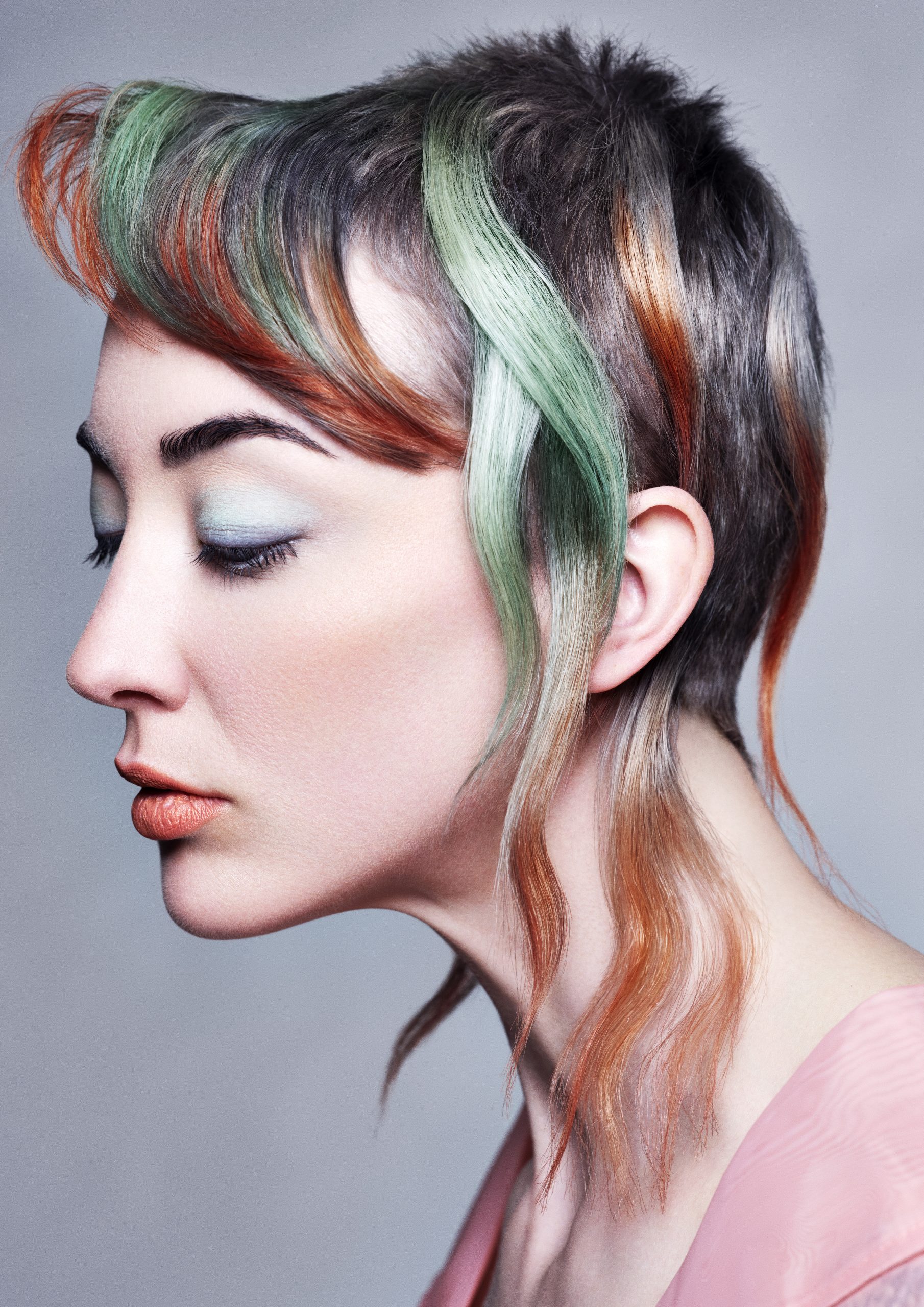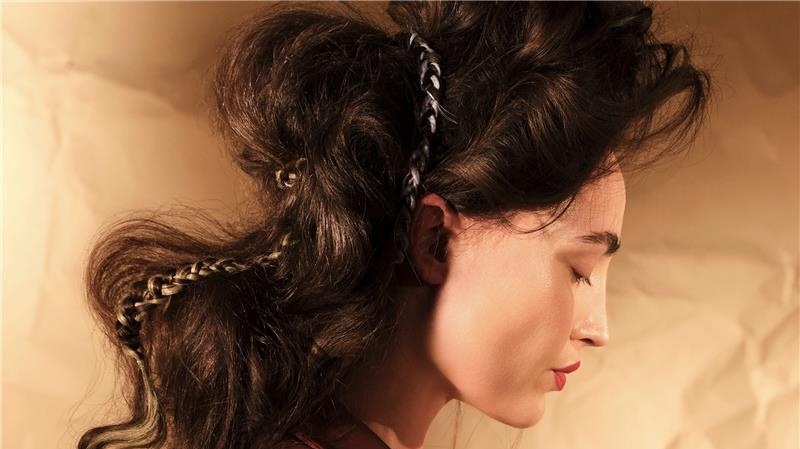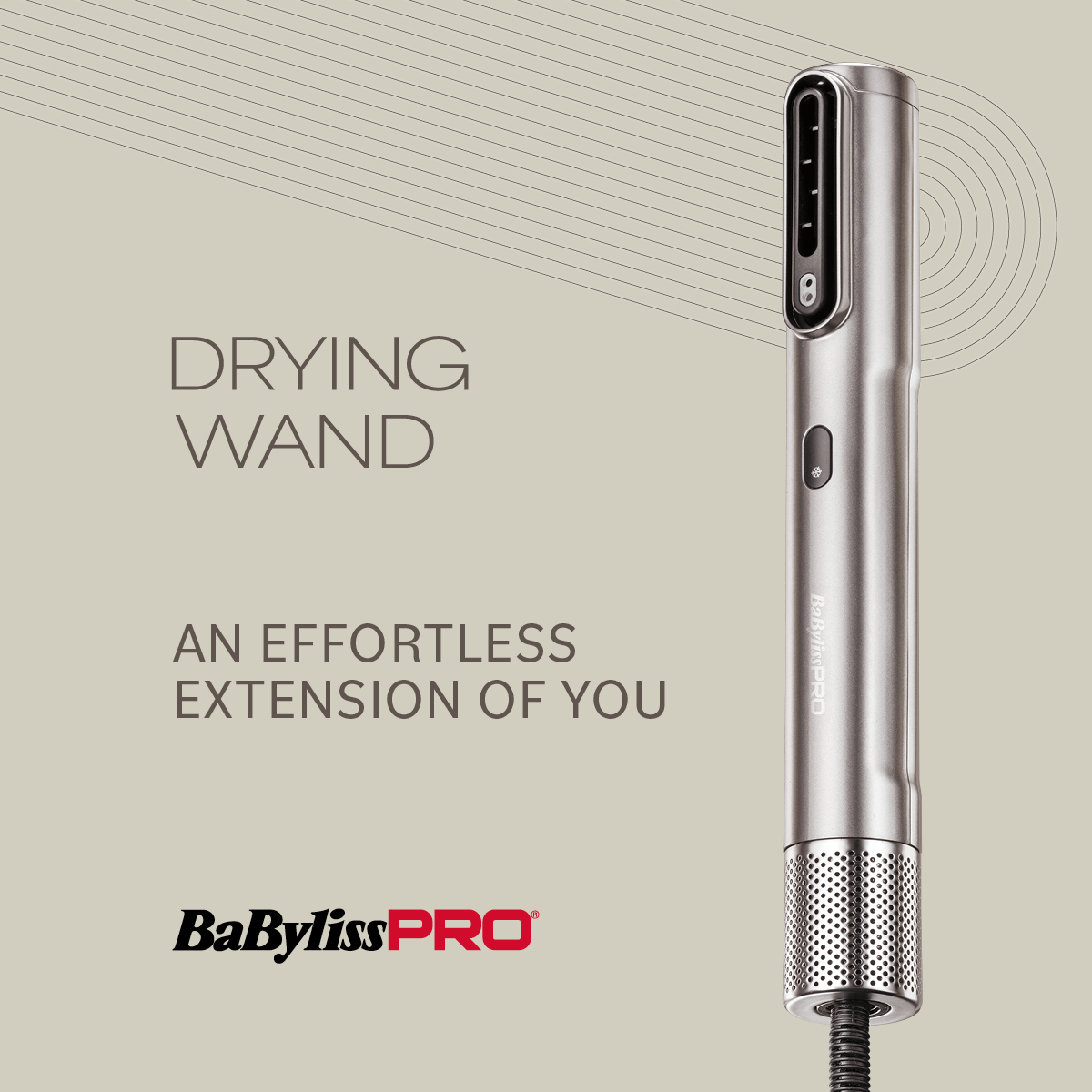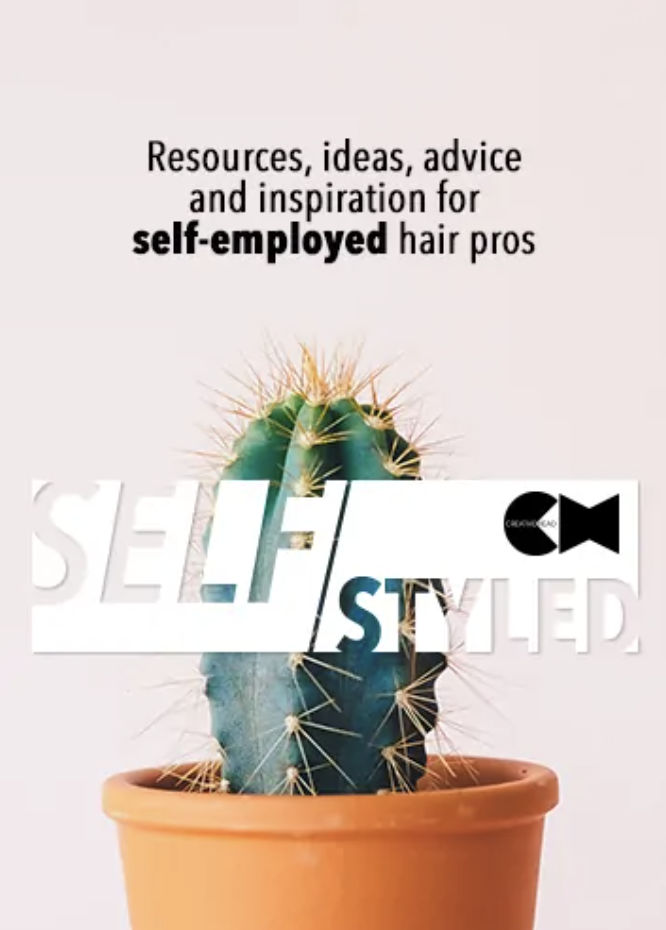Beyond the Basics: Unlock Iridescent Colour With Brian ‘Leo’ McCallum’s Splicing Technique
Learn how splicing achieves customisable colour and sets new trends in the industry
by CAITLYN | DOCUMENTS

When it comes to hair colouring, innovation is everything. We heard from renowned colourist, Brian ‘Leo’ McCallum, about his revolutionary “splicing” technique, a method that’s quickly becoming a favourite among stylists seeking to push the boundaries of creativity. Speaking exclusively to Creative HEAD, Brian shares the inspiration behind his technique, its versatility, and its future in the industry.
The splicing technique was born from his desire to bring more depth and dimension and create a metallic feel. “As colourists, we work with slices every day,” Brian explains. “But I wanted more of an iridescent feel to these pieces.” This led him to experiment with the direction of the slices. After bleaching, he takes each section and splices it in the opposite direction, creating a stunning metallic effect.
While splicing may seem similar to traditional slicing at first, the technique introduces a subtle but significant shift in execution. “Splicing gives you the ability to add harmonious or clashing colours quickly and efficiently,” Brian says. It’s not drastically different from traditional methods, but it does offer a unique twist—literally.

Brian Leo McCallum
By altering the direction in which slices are made, stylists can create a more dynamic and customised look. This technique enhances the colouring process by allowing for more precise colour placement, which can result in a variety of visual effects, from subtle blends to bold contrasts. This flexibility makes splicing an invaluable tool for any stylist looking to push the boundaries of traditional hair colouring.
The technique uses a range of high-quality products to achieve its unique results. Pictured below, Brian used Goldwell Elumen to create vibrant greens, Goldwell Topchic for striking silvers, and Goldwell Colorance for a rich rust orange hue. By splicing sections in different directions, these colours can either harmonise or contrast, depending on the desired effect. The result is a look that is both bold and sophisticated, with a depth that catches the light in a way traditional techniques cannot.
One of the key benefits of the splicing technique is its versatility. “It can be used on all hair types,” he notes. Like any new technique, splicing comes with its own set of challenges. According to Brian, the biggest hurdle is speed. “The primary challenge for stylists learning the technique is speed,” he admits. “However, like any skill, practice leads to improvement. With a few attempts, stylists of all levels find it becomes easy to master.”

“Splicing enhances the colouring process by allowing stylists to be more creative with colour placement. For clients, it promotes a more individualised and bespoke colour service.”
As hair trends continue to evolve, so too will the applications of the splicing technique. Brian originally developed splicing for creative looks in photo shoots, but it has since found a place in commercial salon work. “The possibilities are endless,” he says. As more stylists begin to experiment with splicing, it is likely to become a staple in the industry, offering new ways to bring depth, dimension, and individuality to hair colour.










